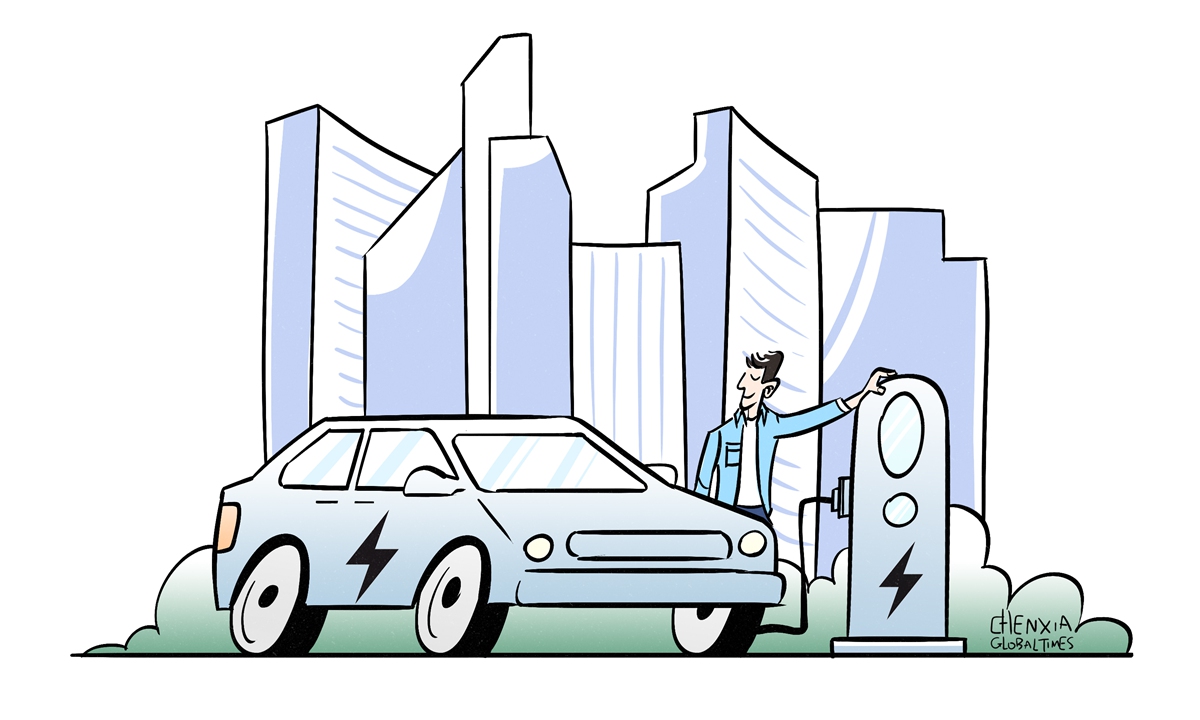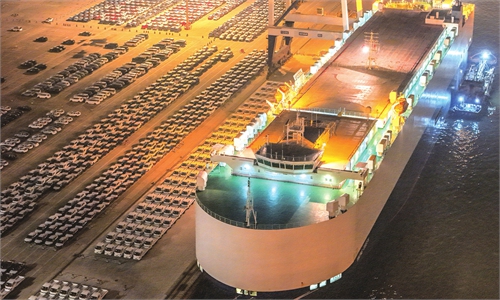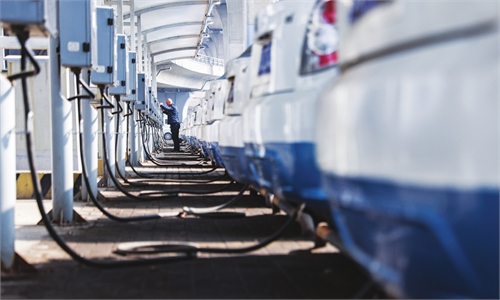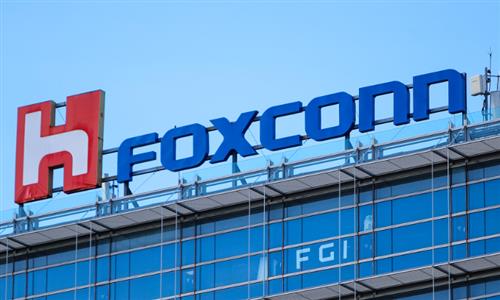
Illustration: Chen Xia/Global Times
China has announced a fresh target for its fast-growing new-energy vehicle (NEV) industry, with a document from the State Council, China's cabinet, stating that yearly NEV sales will account for 45 percent of the total by 2027. Older internal combustion engine (ICE) buses, cars and trucks will be largely phased out.
It is a bold Chinese plan in the eyes of industry observers outside China to shore up the country's manufacturing competitiveness and go green on the road. The target of 45 percent won't be difficult to achieve as young Chinese consumers - Generation Z and millennials - increasingly think it is environmentally friendly and fashionable to own a pure electric car or a plug-in hybrid electric vehicle.
The former head of the Ministry of Industry and Information Technology Miao Wei previously told domestic media outlets that the trend of NEVs replacing "dirty" ICE vehicles is taking shape in China. The vehicle sector's non-carbon or green transition is inevitable and irreversible. Chinese automobile experts estimate that the country's original target of NEV penetration exceeding 50 percent by 2035 is likely to be achieved before 2030.
China's explosive NEV development caught many people by surprise. According to data the China Association of Automobile Manufacturers (CAAM) released last week, NEV production reached 9.587 million vehicles in 2023, up 35.8 percent year-on-year, with sales of 9.495 million, up 37.9 percent.
The country has leapfrogged conventional vehicle powerhouses such as Japan, the UK and the US in assembling NEVs. This is primarily due to Chinese policymakers' vision and determination to promote green e-mobility by cutting carbon dioxide emissions to mitigate global climate change. By rapidly developing NEVs, China will also import less oil and other fossil fuels, which will benefit the country's energy security.
China's private-sector enterprises have led the way in researching and developing patented technologies for batteries, mineral processing, seamless internet connectivity and the mushrooming of in-vehicle infotainment systems, 5G and artificial intelligence-guided autonomous features. Young consumers want multiple in-vehicle screens, fast internet links, chatbots, message chairs, exterior cinema projectors and more.
These research results and eye-catching innovations have helped build up China's edge in NEVs, which appeal to young consumers everywhere.
In 2023, China exported 1.203 million NEVs, up 77.6 percent year-on-year, the CAAM reported.
Since 2015, the Chinese government has encouraged all NEV companies to gain market share through free competition. After many years of competition, the sector has made great progress in its design ability, manufacturing quality, battery range and operational viability. NEVs are increasingly affordable for middle-class Chinese households. The government has assisted grid operators in expanding NEV charging networks throughout the country, which also helped NEV adoption.
China has led other major economies for the past nine consecutive years in NEV output and sales, with last year's production nearing 10 million units. Chinese automobile experts attributed this feat to Chinese companies' entrepreneurship - in particular, their laser focus on core technology innovation and consistent efforts to strengthen the NEV production and assembly process. By all metrics, Chinese enterprises are leading across the whole supply chain, from minerals to batteries to assembly.
The blossoming of the NEV sector and associated technologies has beefed up China's manufacturing ability and engineering competitiveness, an example of Chinese people's far-sightedness and creativity to nurture a new green industry with massive market potential. Some analysts forecast the NEV sales will likely surpass 13.4 million in China in 2024 and could reach or exceed 18 million in 2025.
Through government policy support and fair, free and fierce market competition, China has emerged as a global EV manufacturing powerhouse, which will boost its economic growth, help reduce its dependence on oil imports and effectively tackle air pollution. But a handful of ICE vehicle makers in Japan and other countries still think that electric cars are "a flash in the pan."
US President Joe Biden's signature Inflation Reduction Act is a typical piece of trade protectionism and economic coercion against China, which will make vastly affordable NEVs inaccessible to American consumers.
Fewer than 1.19 million NEVs were reportedly sold in the US in 2023, with a penetration rate of merely 7.6 percent. The inflation reduction act isn't a great "new deal" and it will only impede NEV adoption in America.
Thanks to its NEV production boom and Chinese companies' non-stop efforts in researching and grasping core NEV technologies, China surpassed Germany in automobile exports in 2022 and outpaced Japan to become the world's largest auto exporter in 2023. The ever-bigger presence of China's NEVs in Southeast Asia, the Middle East, Latin America and Europe testifies to the green transformation that China is leading.
The author is an editor with the Global Times. bizopinion@globaltimes.com.cn



